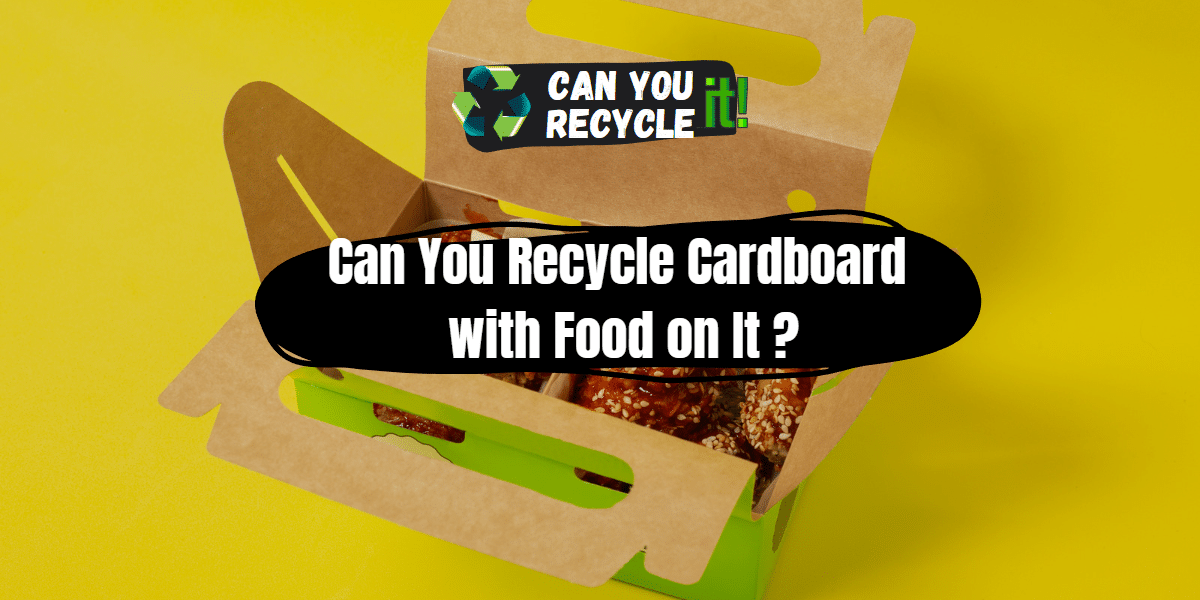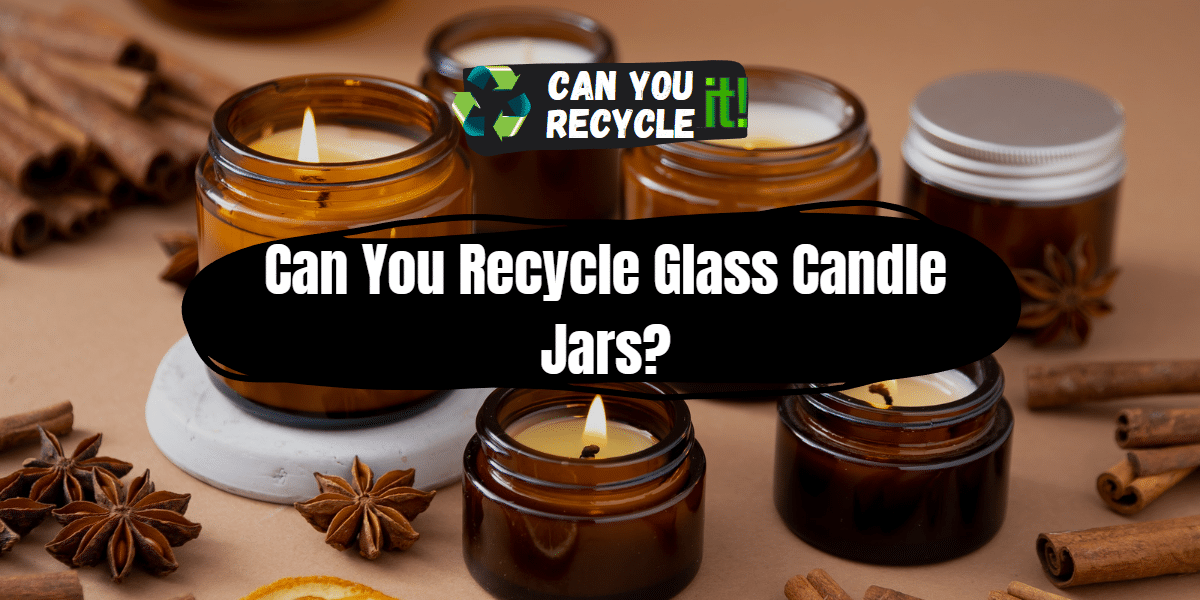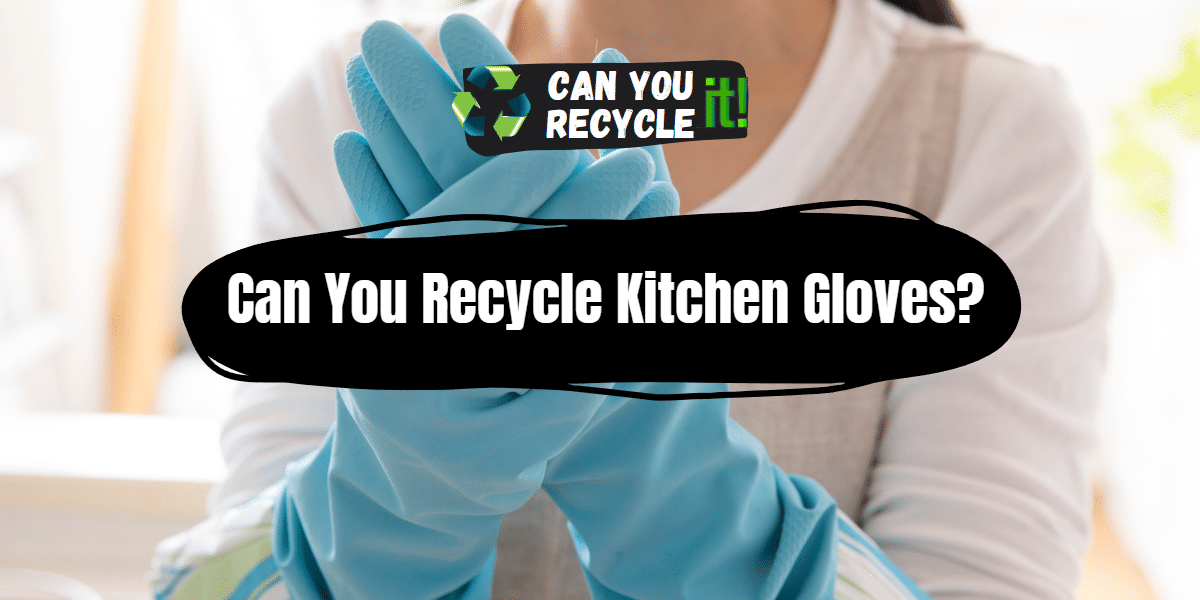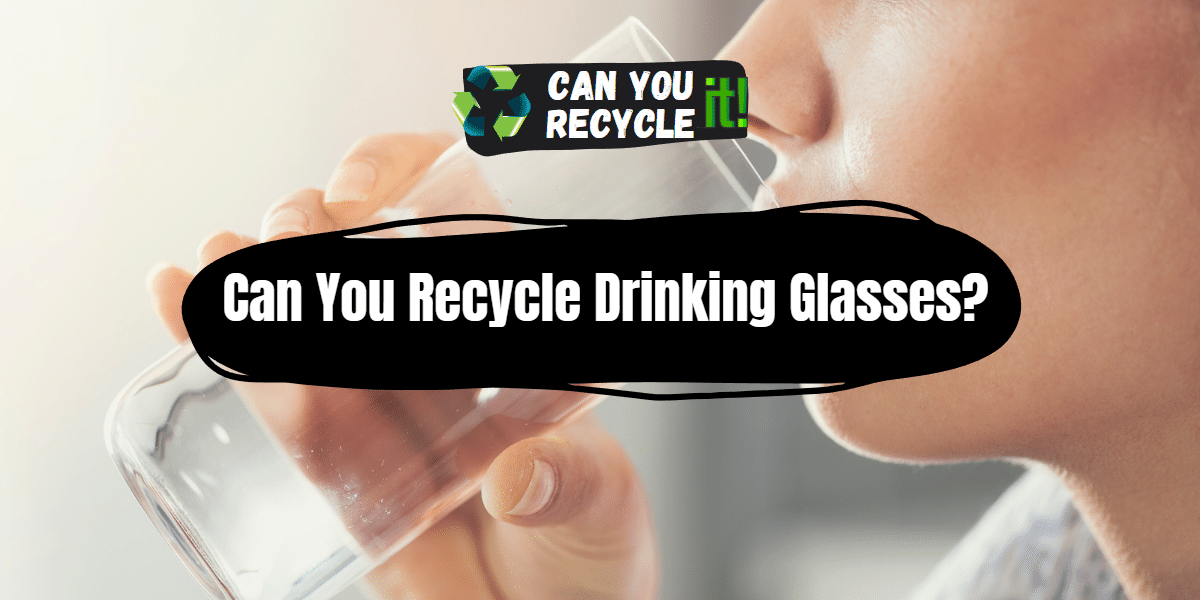No, you cannot recycle Cardboard with Food on It. The paper/cardboard becomes contaminated with oil from the Food on It. You may think that a bit of contamination won’t do any harm, but it can ruin a new product – meaning that the resources used to recycle in the first place are wasted.
While recycling facilities typically prefer clean and uncontaminated materials, cardboard with slight traces of food can often be recycled. It is essential to consider the level of contamination and the specific recycling guidelines in your area. Light grease or food stains on cardboard boxes are generally acceptable, as they can be removed during recycling. However, heavily soiled cardboard or those soaked in liquids should not be recycled and should be disposed of properly.
It’s important to know what can and cannot be recycled when it comes to recycling. One common question that often arises is whether cardboard with food on it can be recycled. This article will explore the answer to this question and provide a comprehensive guide on preparing cardboard with food for recycling. We will also discuss what to do with cardboard that cannot be recycled and delve into the environmental impact of recycling cardboard with food residues. So let’s dive in and discover the facts about recycling cardboard with food on it!
Table of Contents
Do’s and Don’ts
To ensure the successful recycling of cardboard with food residues, it is crucial to follow some dos and don’ts:
Dos
- Remove any excess food debris or scraps from the cardboard.
- Flatten the cardboard boxes to optimize space and ease the recycling process.
- Separate the cardboard from other recyclables, such as plastic or metal.
- Check with your local recycling facility for specific guidelines on food-contaminated cardboard recycling.
Don’ts
- Avoid recycling heavily soiled or greasy cardboard boxes.
- Do not mix cardboard with non-recyclable materials like Styrofoam or plastic wrap.
- Avoid recycling cardboard boxes that have been in direct contact with hazardous substances or chemicals.
By following these simple guidelines, you can help ensure that your cardboard with food on it is prepared correctly for recycling.
How to Prepare Cardboard with Food on It for Recycling
If you have cardboard with minor food residue, follow these steps to prepare it for recycling:
- Remove any large food debris: Before recycling, make sure to remove any visible food waste from the cardboard. Scrape off or discard any large food particles.
- Separate soiled sections: If the cardboard is partially soiled, you can try to separate the clean areas from the soiled ones. Cut out the clean sections and recycle them separately. Be sure to dispose of the soiled sections appropriately.
- Flatten the cardboard: Flatten the cardboard to save space and make recycling easier. Remove any additional non-recyclable materials, such as tape or plastic labels.
- Please place it in the recycling bin: Once the cardboard is prepared, place it in your recycling bin or take it to a local recycling center. Ensure it is separated from other recyclables to avoid contamination.
- Follow local recycling guidelines: Different areas may have specific recycling guidelines. Check with your local recycling facility or municipality to ensure you follow the correct procedures.
5-Step Guide to Recycling Cardboard with Food on It
Recycling cardboard with minor food residue can be an eco-friendly choice. Here’s a simple 5-step guide to recycling cardboard effectively:
Step 1
Assess the level of contamination: Determine whether the cardboard is minimally soiled or heavily saturated with food waste.
Step 2
Remove large food debris: If there are any substantial food particles on the cardboard, remove them before recycling.
Step 3
Separate clean and soiled sections: If possible, separate the clean sections from the soiled ones. Recycle the clean portions and dispose of the soiled areas properly.
Step 4
Prepare the cardboard for recycling: Flatten the cardboard and remove any non-recyclable elements like tape or plastic labels.
Step 5
Recycle responsibly: Place the prepared cardboard in your recycling bin or take it to a local recycling facility that accepts cardboard.
What to Do with Cardboard with Food that Cannot Be Recycled.
In cases where the cardboard is heavily soiled or contaminated with food waste, recycling may not be possible. However, there are alternative options to consider::
- Composting: Instead of recycling, you can compost the heavily soiled cardboard. Composting is an eco-friendly way to turn organic waste into nutrient-rich soil.
- Landfill: As a last resort, you can dispose of heavily soiled cardboard in the landfill. While this isn’t the most sustainable option, it’s better than contaminating the recycling process.
Environmental Impact of Recycling Cardboard with Food on It
Recycling cardboard with food residue can have both positive and negative environmental impacts. Let’s explore these aspects in more detail.
On the positive side, recycling cardboard, even with minor food residue, helps reduce the amount of waste going to landfills. By diverting cardboard from landfills, we conserve valuable landfill space and reduce methane emissions, a potent greenhouse gas released during the decomposition of organic materials.
Cardboard recycling also conserves natural resources. When cardboard is recycled, it can be turned into new products, reducing the need for virgin materials like trees. This helps to preserve forests and wildlife habitats, maintain biodiversity, and support sustainable forestry practices.
However, it’s essential to consider the potential negative impacts of recycling cardboard with food residue. Contamination from excessive food waste can lower the quality of recycled cardboard and affect the manufacturing process. This can lead to a lower-grade recycled product or require additional resources to remove contaminants, which could offset some environmental benefits.
Additionally, if cardboard with heavy food residue is improperly recycled, it can contaminate other recyclables and reduce their value. Contamination can lead to entire batches of recyclables being rejected or diverted to landfills, wasting resources and increasing the environmental footprint of the recycling process.
Therefore, following the recommended guidelines for recycling cardboard with food residue is crucial to minimize contamination and ensure the environmental benefits outweigh the potential drawbacks.
FAQs for Can You Recycle Cardboard with Food on It
Can cardboard with food on it be recycled?
The recyclability of cardboard with food residue depends on the level of contamination. Minor food stains or residues are generally acceptable for recycling, but heavily soiled or saturated cardboard may not be recyclable.
What should I do with cardboard that has heavy food residue?
If the cardboard is heavily soiled with food waste, it’s best to compost it or dispose of it in the landfill. Recycling heavily contaminated cardboard can contaminate other recyclables and affect the recycling process.
How should I prepare cardboard with food on it for recycling?
Prepare cardboard with food residue for recycling, remove large food debris, separate clean and soiled sections if possible, flatten the cardboard, and remove non-recyclable elements like tape or plastic labels. Follow local recycling guidelines for specific instructions.
Can I recycle pizza boxes with grease stains?
Pizza boxes with minimal grease stains can usually be recycled. However, heavily greased pizza boxes should be composted or disposed of in landfills.
Do I need to rinse out cardboard milk or juice cartons before recycling?
It’s generally not necessary to rinse out milk or juice cartons before recycling. Small amounts of liquid residue won’t usually affect the recycling process.
What if I had cardboard packaging that contained raw meat or other perishable foods? Can it be recycled?
It’s best to avoid recycling cardboard packaging that has raw meat or other perishable foods. These items can harbor bacteria and contaminate the recycling process. Dispose of such packaging in the landfill.
Are there any special recycling instructions for cardboard with food residue in my area?
Recycling guidelines may vary depending on your location. Check with your local recycling facility or municipality for specific instructions on recycling cardboard with food residue in your area.
Can I recycle cardboard boxes with food stains in the paper recycling bin?
Occasionally, cardboard boxes with minor food stains can be placed in the paper recycling bin. However, following local recycling guidelines is essential to ensure proper disposal.
What if I’m unsure whether the cardboard can be recycled or not?
When in doubt, it’s best to contact your local recycling facility or municipality for guidance. They can provide specific instructions based on your location and the level of contamination on the cardboard.
Why is it important to properly recycle cardboard with food residue?
Properly recycling cardboard with food residue helps reduce waste, conserve resources, and protect the environment. It ensures that the recycling process is efficient and minimizes contamination, allowing for the production of high-quality recycled products.
Conclusion and final thoughts 💭
Recycling cardboard with food on it presents challenges due to the potential for contamination and the difficulty of effectively removing food residues. It is best to strive for clean and uncontaminated cardboard when recycling. However, if your cardboard is heavily soiled or stained, consider composting it or disposing of it in the regular trash. By being mindful of the dos and don’ts and exploring alternative options, you can make environmentally responsible choices regarding cardboard recycling.





Leave a Reply